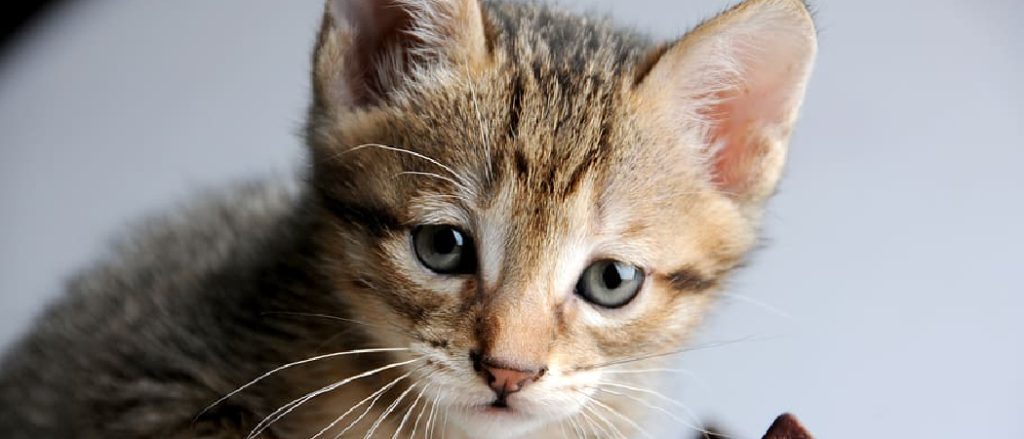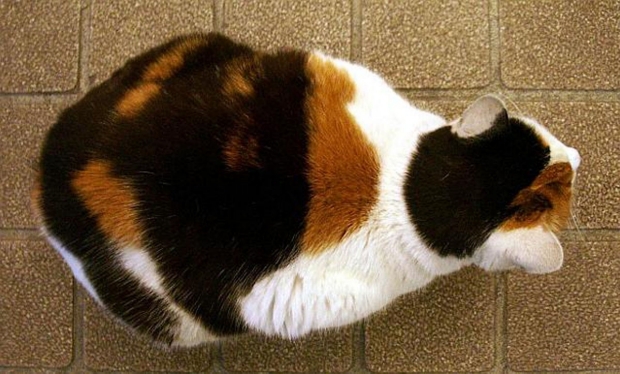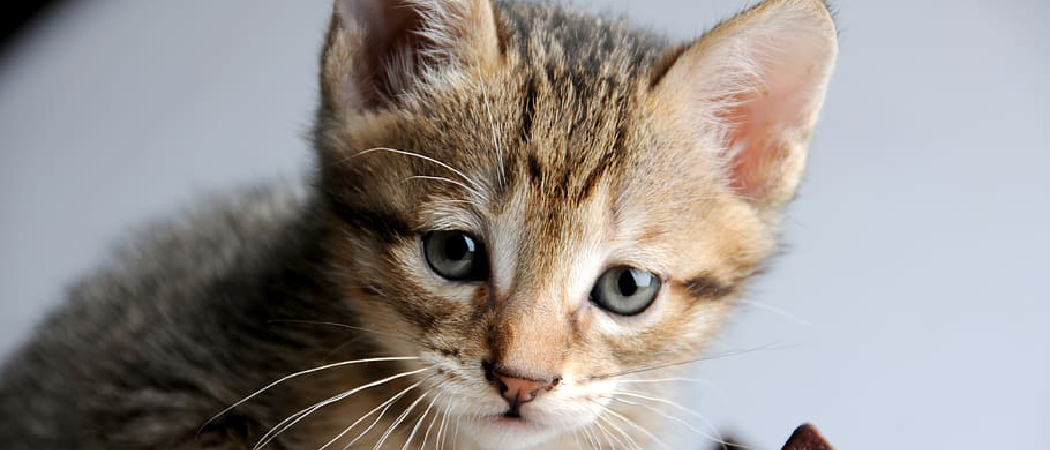Losing a whisker affects a cat’s ability to sense their surroundings accurately and navigate properly.


Credit: meowa.com
Effects Of Losing A Whisker
Losing a whisker may seem like a minor inconvenience, but it actually has several effects on a cat’s sensory perception, balance, and coordination. Whiskers play a crucial role in helping cats navigate their surroundings and interpret the world around them. In this section, we will explore the impact of losing a whisker on a cat’s sensory perception and the resulting changes in their balance and coordination.
Impact On Sensory Perception
Cats possess an incredible sense of touch, and their whiskers play a vital role in this sensory system. Each whisker is embedded deep within a specialized follicle that is rich in nerve endings. When a cat’s whiskers come into contact with objects or air currents, they send signals to the brain, providing important sensory information. Losing a whisker can disrupt this intricate communication network, affecting a cat’s ability to perceive the world around them.
Some of the effects of losing a whisker on a cat’s sensory perception include:
- Reduced Spatial Awareness: Whiskers help cats determine the size and shape of objects in their environment. When they lose a whisker, their ability to judge distances accurately may be compromised, leading to potential accidents or misjudgments.
- Impaired Hunting Skills: Whiskers provide cats with valuable information about their prey. They help cats gauge the movements and location of potential targets, enabling them to hunt effectively. Losing a whisker can hinder a cat’s hunting abilities and make it more challenging to catch prey.
- Difficulty Navigating Narrow Spaces: Whiskers are extremely sensitive to changes in the environment, helping cats navigate through tight or narrow spaces. When a cat loses a whisker, they may struggle to maneuver in confined areas, causing them stress and discomfort.
Changes In Balance And Coordination
Besides their role in sensory perception, whiskers also contribute to a cat’s balance and coordination. Whiskers provide cats with crucial feedback about their body position and movement in relation to their surroundings. When a cat loses a whisker, their ability to maintain balance and coordinate their movements may be disrupted.
Here are some effects of losing a whisker on a cat’s balance and coordination:
- Difficulty Jumping and Landing: Whiskers provide cats with information about the position of their head and body relative to their surroundings. This information is particularly important when cats are jumping or landing. Losing a whisker can make it more challenging for a cat to accurately gauge distances and successfully execute these movements.
- Unsteady Movements: Whiskers help cats maintain stability by providing feedback on their body’s center of gravity. When a cat loses a whisker, their movements may become unsteady, leading to clumsiness or stumbling.
- Decreased Confidence: Whiskers play a crucial role in a cat’s overall sense of confidence and security. Losing a whisker can make cats feel less assured in their movements and interactions with their environment, potentially leading to increased anxiety or fearfulness.
In conclusion, losing a whisker may have more significant effects on cats than one might initially think. It can impact their sensory perception, spatial awareness, hunting abilities, and overall balance and coordination. As responsible pet owners, it is essential to understand the importance of whiskers and provide a safe environment that allows cats to fully utilize their sensory abilities.

Credit: www.facebook.com
Regrowth And Replacement
Have you ever wondered what happens when a cat loses a whisker? These specialized sensory hairs play a crucial role in a cat’s coordination, communication, and overall perception of the environment. But don’t worry, if your feline friend loses a whisker, it’s not the end of the world. In fact, whiskers have an incredible ability to regenerate and replace themselves. Let’s explore the fascinating process of regrowth and replacement of a cat’s whiskers.
The Regeneration Process
When a cat loses a whisker, a new one will eventually replace it. This regeneration process is quite remarkable and helps ensure that a cat always has a full set of functional whiskers. The replacement whisker starts growing from the same follicle that held the lost one.
Similar to human hair growth, the regeneration of a whisker occurs through a process called follicular cycling. The follicles, which are located deep within the skin, contain a matrix of cells responsible for producing the whisker. These cells divide and differentiate to form the shaft of the new whisker.
Timing And Frequency Of Whisker Regrowth
The timing and frequency of whisker regrowth vary from cat to cat. Typically, it takes around two to three weeks for a cat’s whisker to fully regrow. However, factors such as the cat’s age, overall health, and environmental conditions can influence this timeframe.
Cats shed and replace their whiskers naturally as part of their normal hair growth cycle. This shedding process ensures that the whiskers remain healthy and functional. It’s worth noting that young kittens tend to experience more frequent whisker loss and regrowth as they explore their surroundings and adapt to their rapidly changing bodies.
Although whiskers have a remarkable ability to regrow, it’s crucial never to trim or cut a cat’s whiskers intentionally. Whiskers are highly sensitive, and removing them can cause discomfort and disorientation for your cat.
To support your cat’s whisker health, provide a balanced diet rich in nutrients like vitamins A and E, as well as essential fatty acids. Proper nutrition plays a significant role in encouraging healthy hair growth, including whiskers.
In conclusion, losing a whisker is a natural part of a cat’s life, and you can rest assured knowing that it will grow back. Understanding the regrowth and replacement process helps the pet owners appreciate the remarkable nature of a cat’s whiskers and their importance in whisker-mediated perception.

Credit: med.stanford.edu
Frequently Asked Questions For What Happens If A Cat Loses A Whisker
Why Do Cats Have Whiskers?
Cats have whiskers to help them navigate their surroundings. Whiskers are sensory organs that help cats detect changes in their environment, such as the presence of objects or movement. They are also used to gauge distance and help cats with their balance.
What Purpose Do Cat’s Whiskers Serve?
Cat’s whiskers serve several important purposes. They help cats with their hunting skills by detecting changes in airflow, areas where prey may be hiding, or if they can fit through a tight space. Whiskers also help cats with their social interactions, giving them information about their surroundings and other animals.
What Happens If A Cat Loses A Whisker?
Losing a whisker is not a cause for concern for cats. Whiskers naturally shed and regrow, so if a cat loses a whisker, a new one will eventually take its place. However, a cat’s whiskers are important for their sensory perception, so it’s best not to trim or cut them.
They play a vital role in their daily activities.
Conclusion
When a cat loses a whisker, it may seem insignificant, but it can have a significant impact on their sensory perception. Whiskers play a crucial role in a cat’s ability to navigate their environment, detect prey, and maintain balance. If a cat loses a whisker, it will eventually grow back, but during this time, they may experience temporary disorientation.
So, it’s important to provide a safe and comfortable environment for your cat during whisker regrowth. Regularly check your cat’s whiskers and take note of any changes to ensure their well-being.


